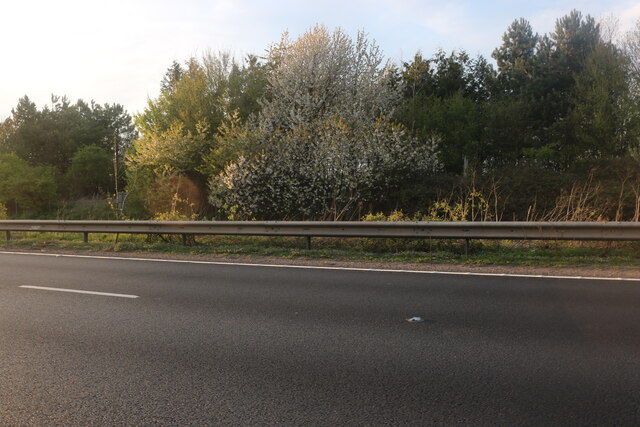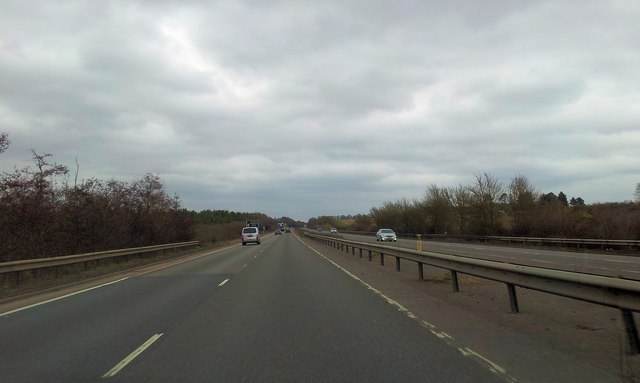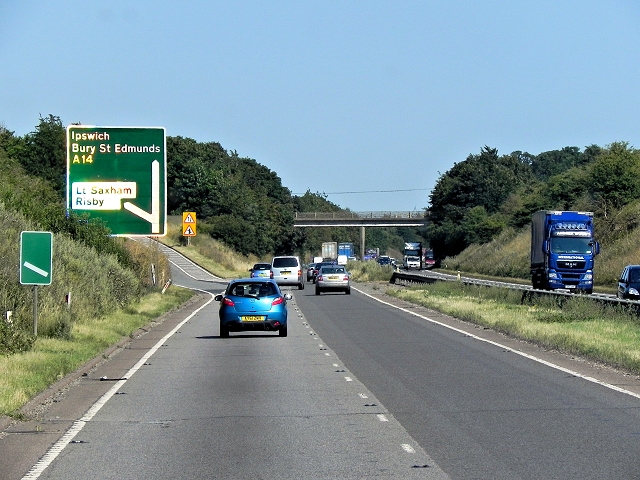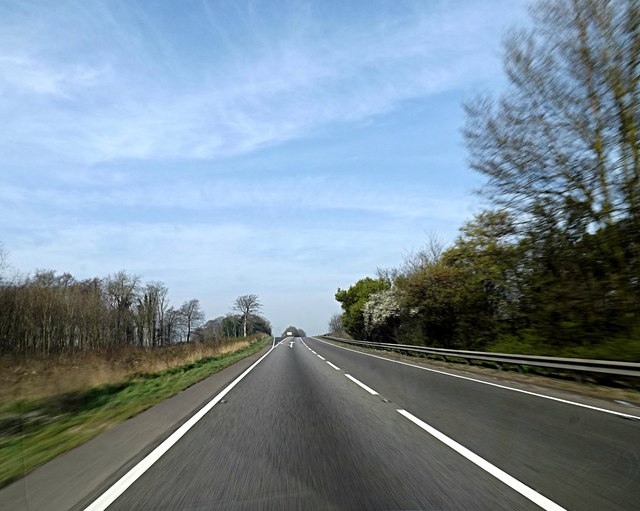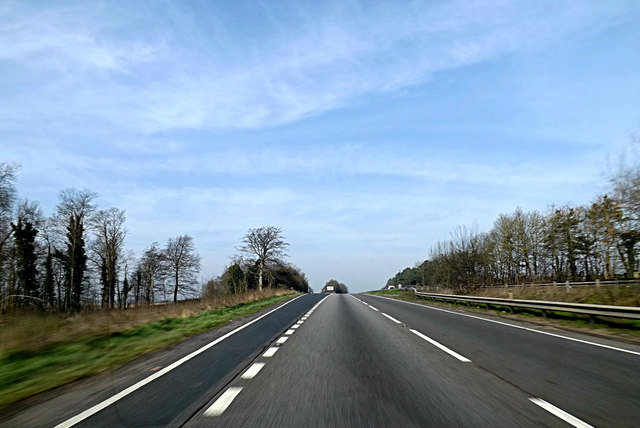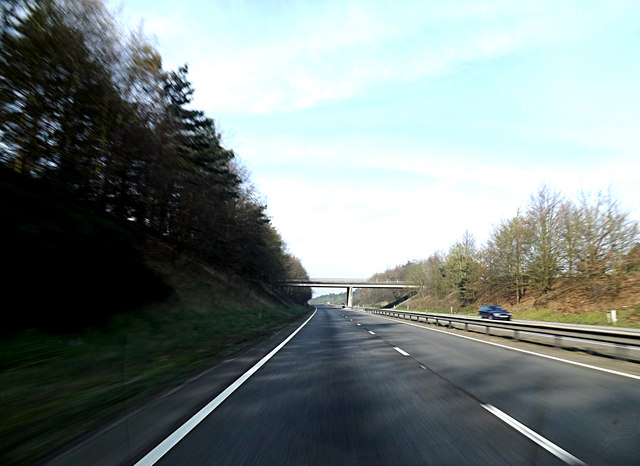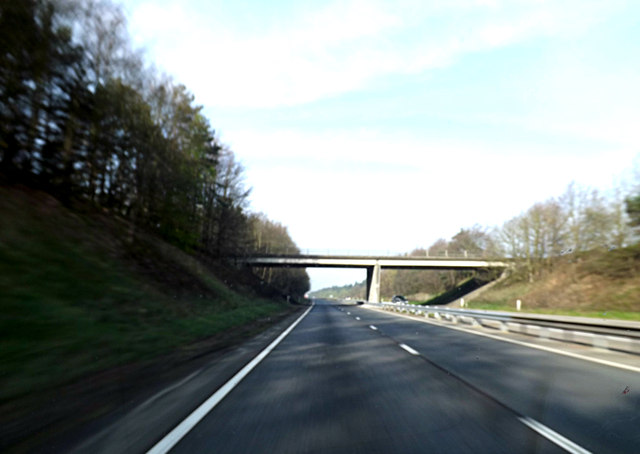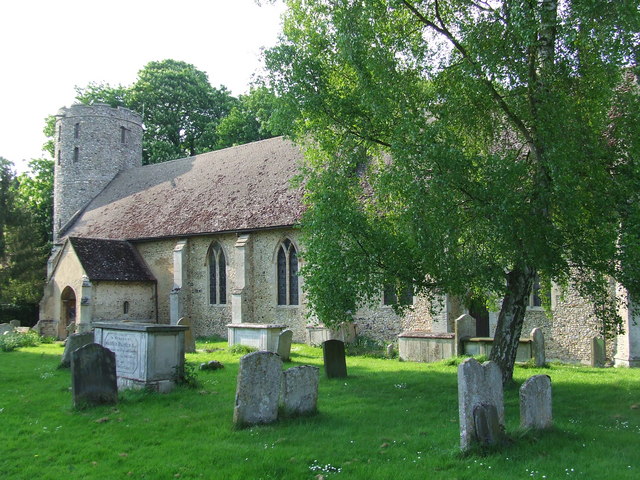Twenty Acre Hill
Hill, Mountain in Suffolk West Suffolk
England
Twenty Acre Hill
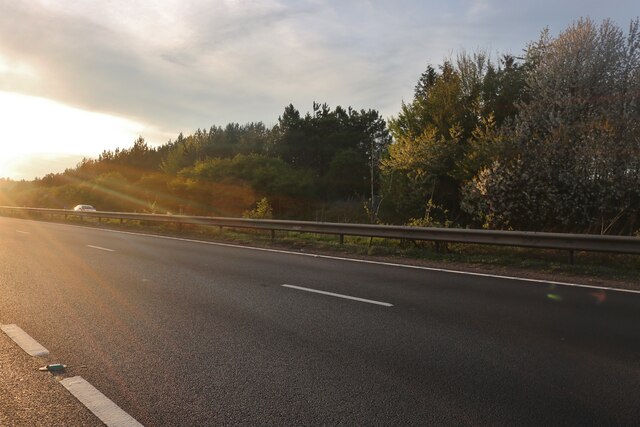
Twenty Acre Hill is a prominent hill located in Suffolk, England. As its name suggests, it covers an area of approximately twenty acres and is situated in the eastern part of the county. Although not considered a mountain by conventional standards, it is a notable geological feature in an otherwise flat landscape.
The hill is characterized by its gentle slopes and is composed mainly of chalk, a common rock type in this region. It stands at an elevation of around 80 meters above sea level, providing visitors with panoramic views of the surrounding countryside.
The site is popular among locals and tourists alike, offering a tranquil escape from the bustling towns nearby. Its elevated position makes it an ideal spot for hiking, picnicking, and enjoying the natural beauty of the area. It is also a favored location for landscape photographers, who are drawn to its sweeping vistas and ever-changing light.
Flora and fauna are abundant on Twenty Acre Hill, with a variety of plant species, such as wildflowers and grasses, covering its slopes. The area is also home to a diverse range of wildlife, including birds, butterflies, and small mammals.
Access to the hill is straightforward, with well-maintained footpaths leading to the summit. There are also information boards along the way, providing visitors with interesting facts about the hill's geological history and its ecological importance.
Overall, Twenty Acre Hill is a picturesque and accessible natural landmark, offering visitors a chance to appreciate the beauty of the Suffolk countryside while enjoying outdoor activities in a tranquil setting.
If you have any feedback on the listing, please let us know in the comments section below.
Twenty Acre Hill Images
Images are sourced within 2km of 52.271723/0.60299588 or Grid Reference TL7766. Thanks to Geograph Open Source API. All images are credited.
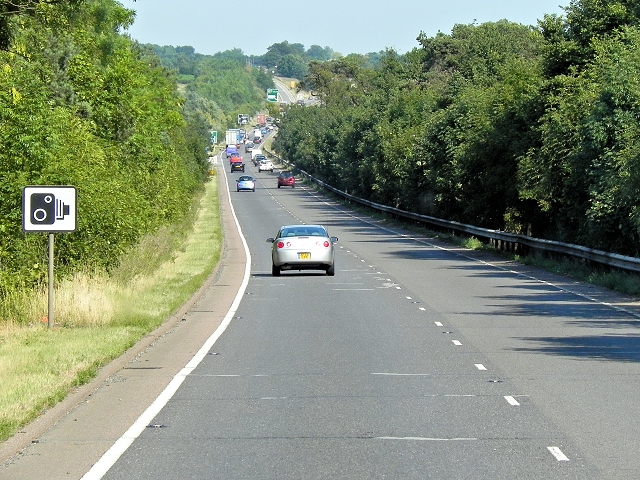
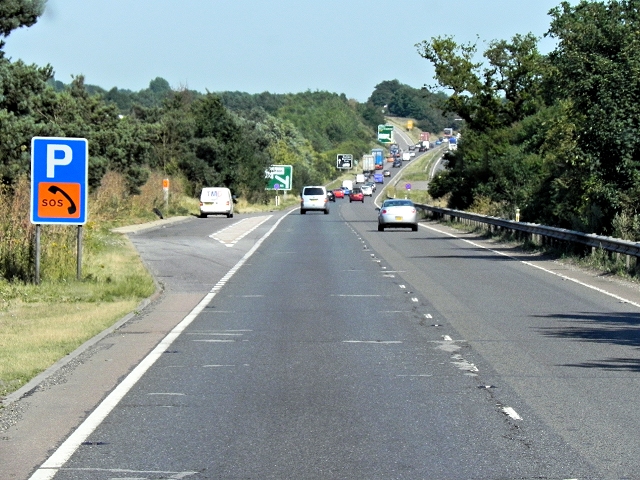
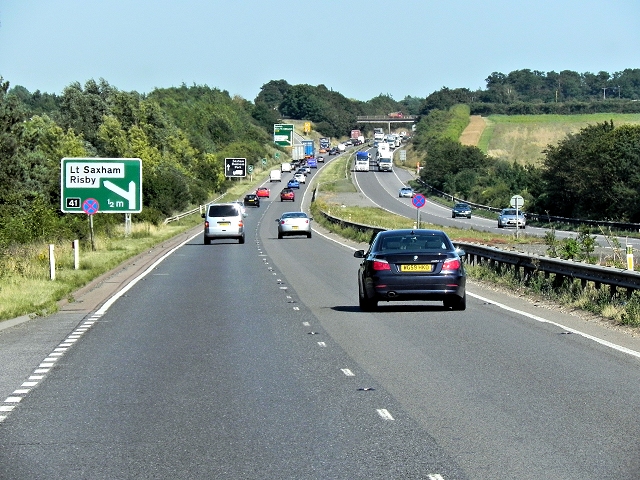
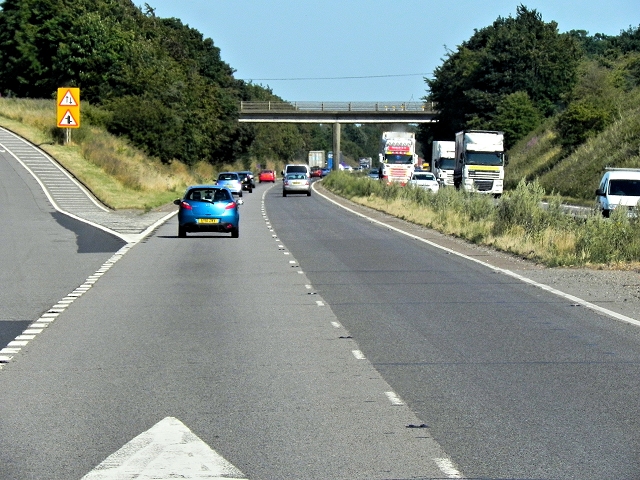
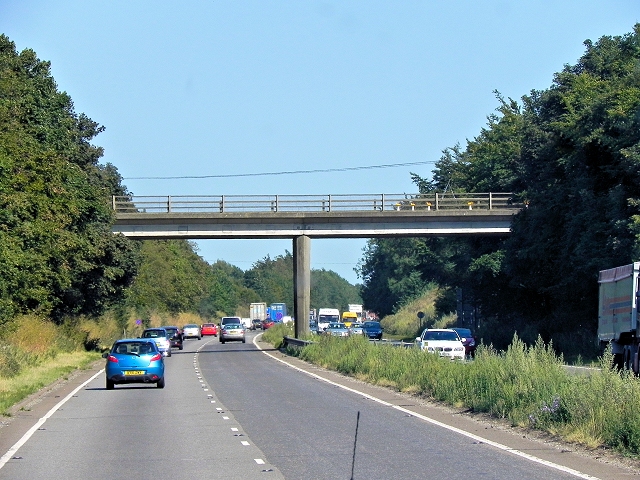
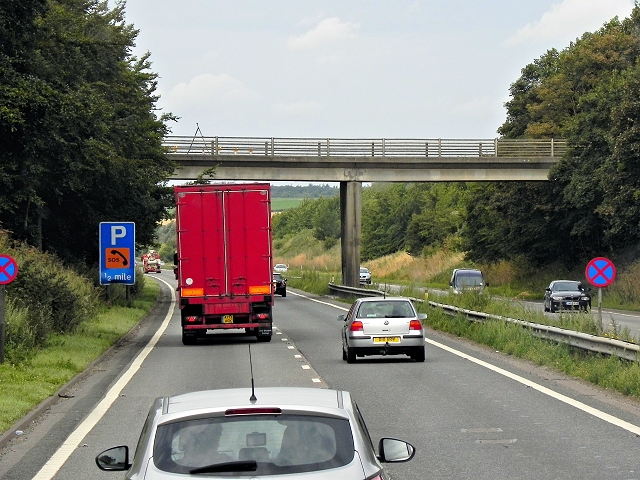
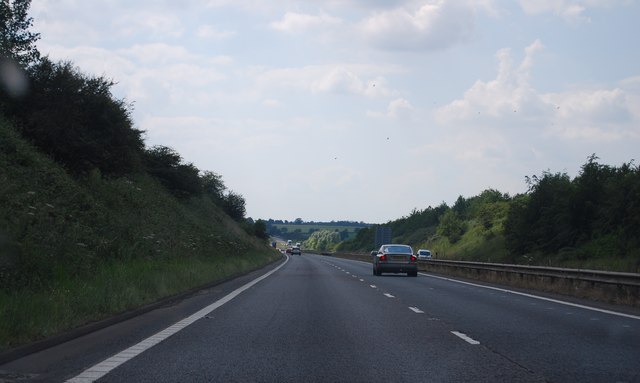
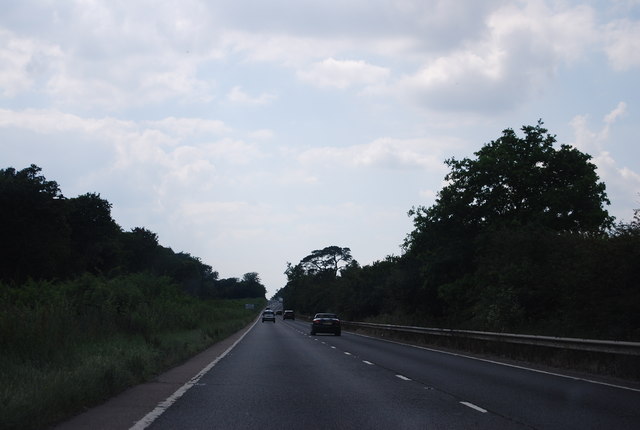
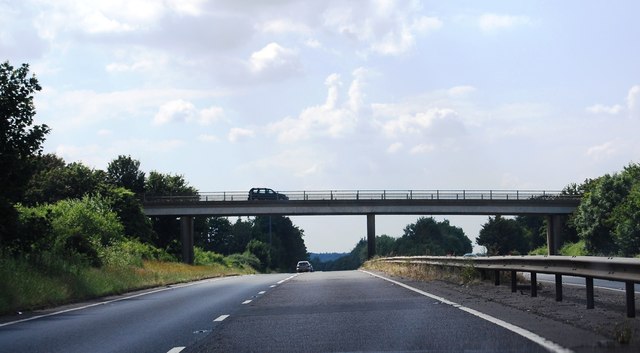
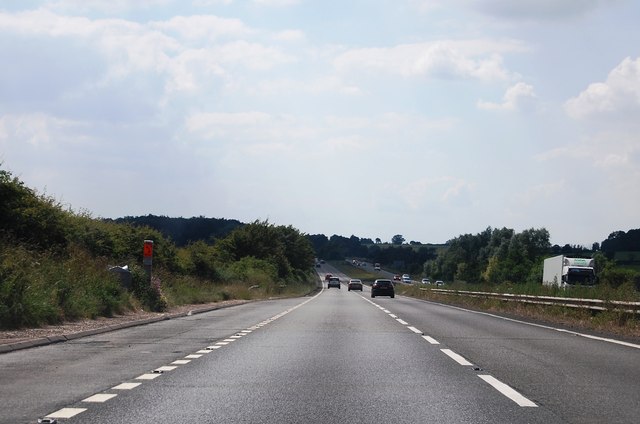
Twenty Acre Hill is located at Grid Ref: TL7766 (Lat: 52.271723, Lng: 0.60299588)
Administrative County: Suffolk
District: West Suffolk
Police Authority: Suffolk
What 3 Words
///rungs.imperious.flash. Near Bury St Edmunds, Suffolk
Nearby Locations
Related Wikis
Risby, Suffolk
Risby is a village and civil parish in the West Suffolk district of Suffolk in eastern England, located around 3 miles (4.8 km) west of Bury St. Edmunds...
Black Ditches, Cavenham
Black Ditches is an earthwork close to the village of Cavenham of Suffolk, and part of it is a biological Site of Special Scientific Interest (SSSI). The...
Old Broom
Old Broom is a 6.5-hectare (16-acre) nature reserve north of Risby in Suffolk. It is managed by the Suffolk Wildlife Trust.This is a remnant of an ancient...
Saxham and Risby railway station
Saxham & Risby railway station was a station serving Risby in the English county of Suffolk. It was opened by the Great Eastern Railway in 1854 following...
Nearby Amenities
Located within 500m of 52.271723,0.60299588Have you been to Twenty Acre Hill?
Leave your review of Twenty Acre Hill below (or comments, questions and feedback).
